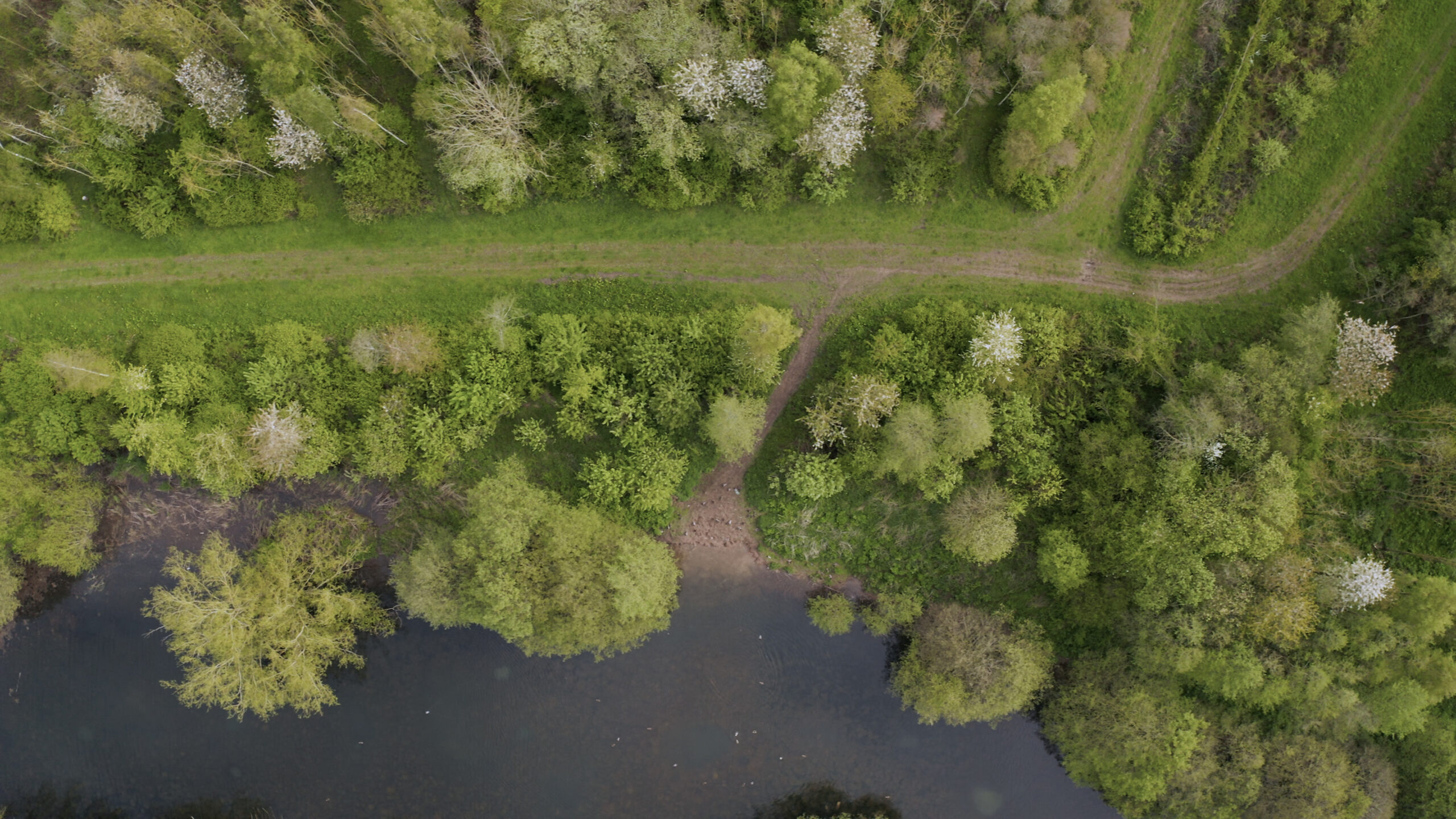Why plant trees

1. Diversifying your income
Create woodland and you can generate additional income through activities such as harvesting trees for timber, producing wood for fuel and other wood products, and designing woodland for recreation and leisure use.
2. Supporting food production
Planting trees doesn’t have to come at the expense of taking large plots of agricultural land out of use, with some grants supporting tree planting on as little as 0.1 hectares. Woodland creation can work hand in hand with your farm, supporting the foundations of food production.
3. Enhancing your land
Well-designed and well-placed woodland can work to enhance your land, helping you to manage soil and nutrient losses, protect against erosion, improve water quality, cut farm pollution, and reduce the risk of flooding.
4. Enriching biodiversity
Planting trees can encourage a huge range of biodiversity – a single oak tree can support 2,300 species. Through woodland creation you can connect habitats to boost nature recovery and encourage an abundance of pollinating insects, critical to supporting the productivity of your farm.
5. Selling carbon credits
As your woodland grows, you can gain carbon units to sell to generate additional long-term income, or use to offset your business’ carbons emissions.
6. Mitigating climate change
Trees act as a natural ‘carbon sink’ by removing and storing carbon dioxide from the atmosphere. By planting trees on your land your farm can play an important role in the drive to net zero and in helping to tackle climate change.
Trees offer such a wide range of benefits to farmers – they boost biodiversity and provide shelter and grazing for livestock, and help with natural flood management and improved water quality.
Keith Jones , Area Director, The Forestry Commission